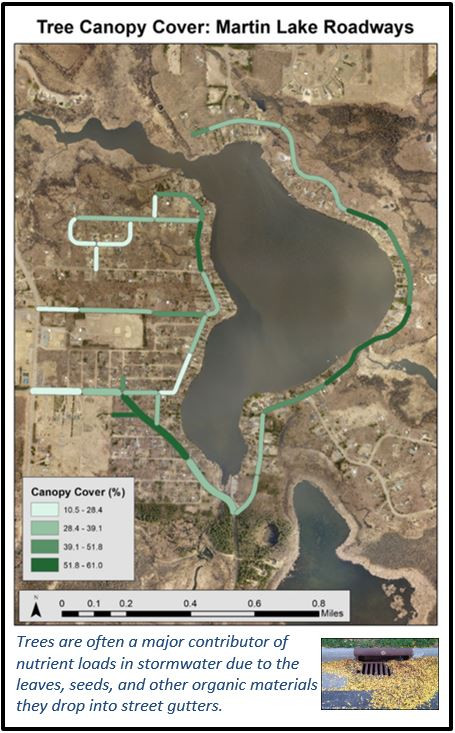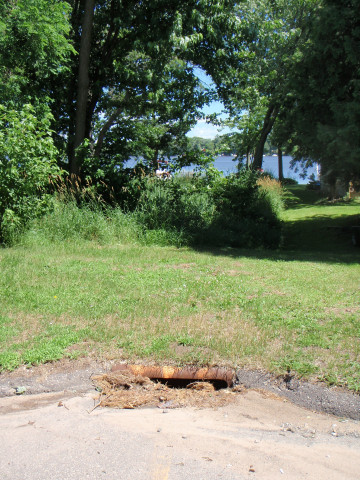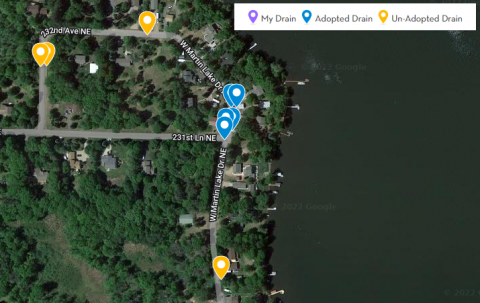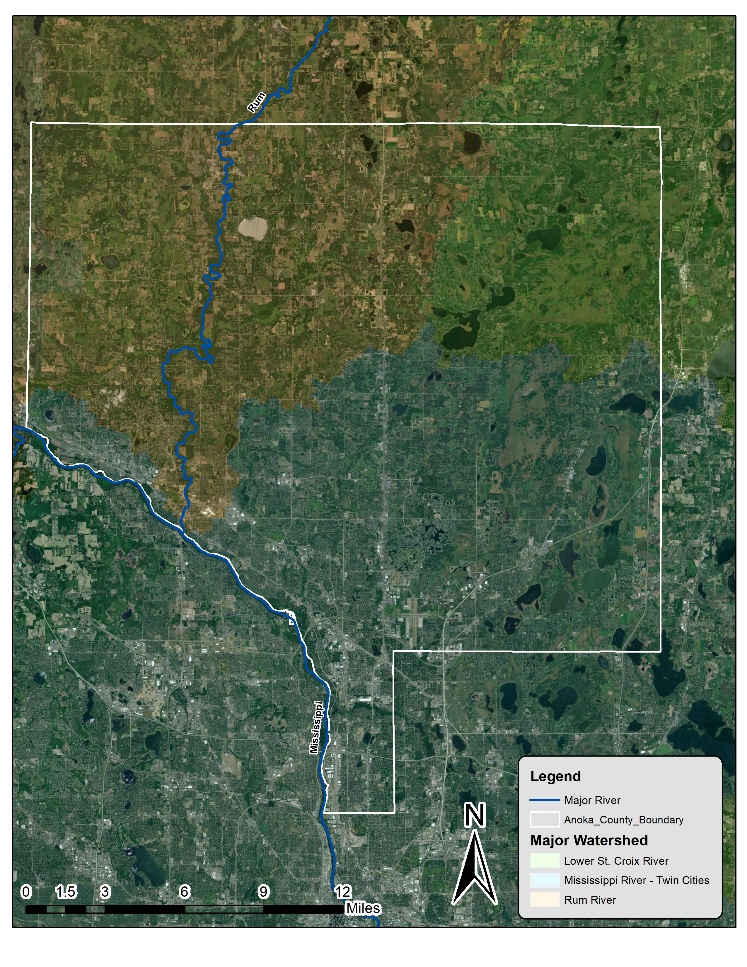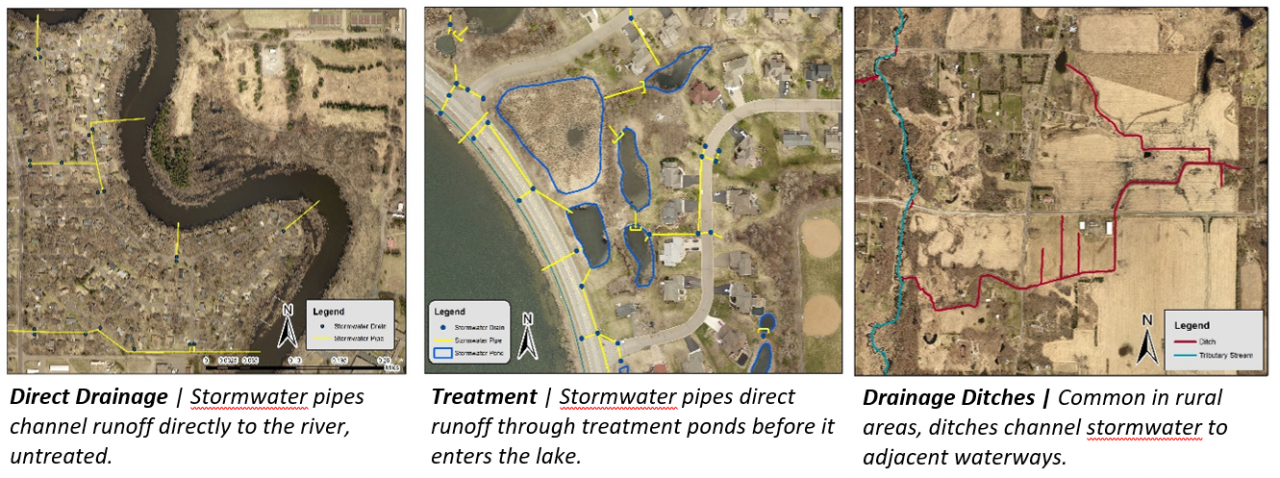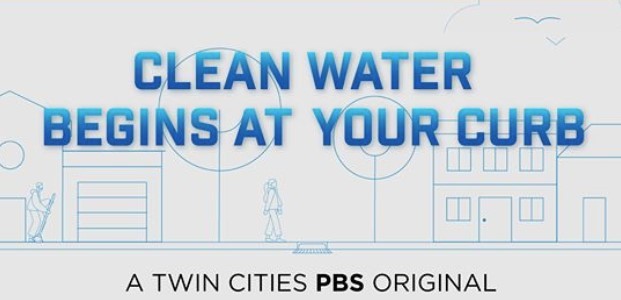Street sweeping doesn't just improve the appearance and function of your neighborhood's roads; it's also one of the most cost-effective ways to reduce nutrients, sediment, and other pollutants entering our lakes, rivers, and wetlands. Common materials such as leaves, yard waste, sand, road salt, vehicle fluids, litter, and other debris accumulate in street gutters and have nowhere to go other than down the storm drain and, eventually into local waterways – flushed in by water during snowmelt and storm events.
Many cities complete street sweeping twice per year: once in the spring to remove solids from winter road treatment, and again in the fall to remove fallen leaves. However, gaps in sweeping schedules give these pollutants time to re-accumulate and flush into storm drains (and thus downstream waterbodies) before they can be removed. Increasing the frequency of street sweeping can greatly reduce pollutant loads in stormwater, which is why the Anoka Conservation District has added enhanced street sweeping considerations to its "water quality toolbox".
Enhanced street sweeping analyses combine area-specific information such as tree canopy cover and storm sewer networks with research-based pollutant recovery estimates to improve recommendations for the timing, frequency, and location of street sweeping. This approach has recently been applied in the direct drainage watersheds for Martin and Linwood lakes.
Find more information about the benefits of street sweeping here: MN Stormwater Manual: Street Sweeping
ACD Contact: Breanna Keith,
